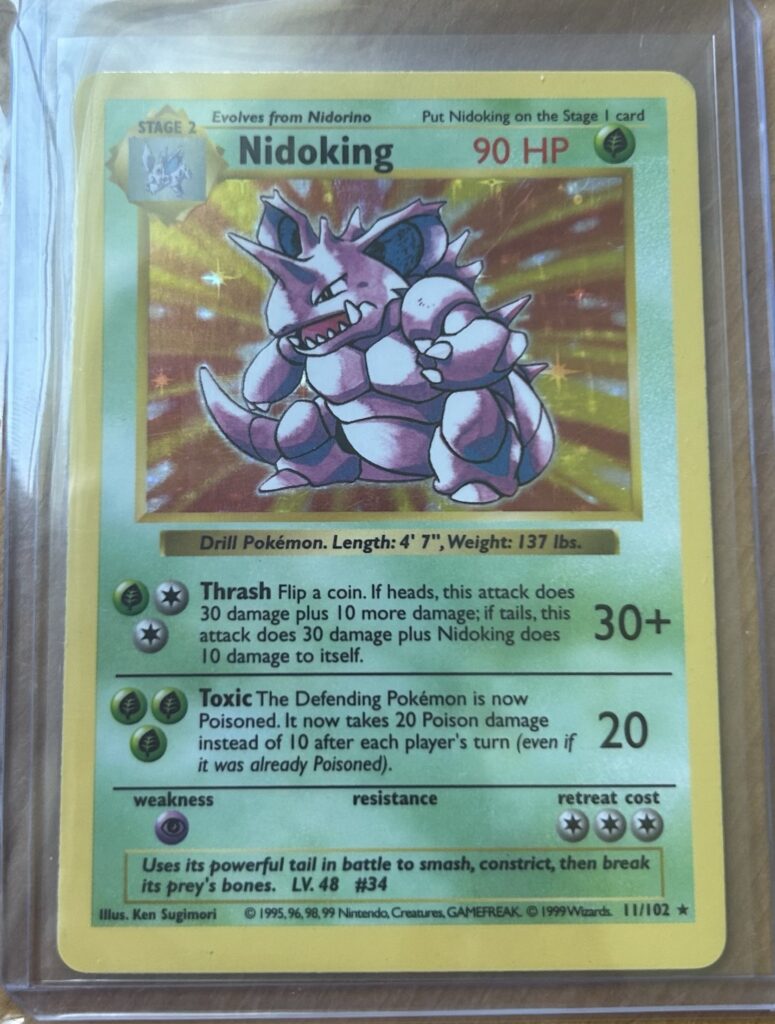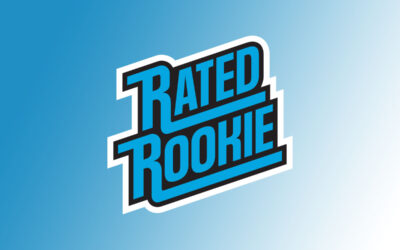eBay Is Not Just an Exit—It’s a Deal Machine
You already know eBay is the world’s biggest buyer pool for cards. What most people skip is using it as a sourcing engine. With the right filters, saved searches, and a little misprint magic, you can spot cards the crowd misses, move fast, and keep your bankroll turning without waiting for a show every weekend. This guide is a straight, practical system for finding real deals while everyone else doomscrolls “newly listed” and hopes.
The Three Pillars of eBay Sourcing
Speed
Deals die in minutes. You need alerts that hit your phone, searches that reduce noise, and decision rules so you can pull the trigger without second-guessing.
Mislabeling
A shocking number of undervalued listings exist because a seller used the wrong set name, left off “RC,” or misspelled a player.
Friction
Bad photos, odd hours, local pickup, lots instead of singles—anything that scares casual buyers often hides value. You’re not just finding cheap cards; you’re finding moments where fewer bidders compete.
Build Smart Searches That Surface Mistakes
Use exact phrases and exclusions
Put key phrases in quotes and remove junk with minus signs. Example: “2012 Prizm Anthony Davis rookie” minus custom, reprint, facsimile, proxy. Keep it clean and targeted.
Stack obvious misspellings
Create saved searches that include common errors. Think Micheal Jordan, Kobey Bryant, Wembenyama, Antetokumpo, Jamarr Chase. Rotate in team and year to catch sellers who forget the brand.
Chase the forgotten parallels
Add queries where the card is described, but the parallel is not. Example: “2018 Prizm Luka rookie silver” versus just “2018 Prizm Luka rookie.” Many sellers don’t type “Silver,” “Holo,” or “Refractor” even when the photos show it.
Lurk in lots and binders
Keywords like lot, binder, shoebox, estate, attic, moving sale, clearance, collection. You’re hunting groups of cards photographed in a pile where one or two sleepers justify the whole purchase.
Filter Settings That Actually Matter
- Condition: select ungraded for raw hunts; toggle “used” to widen the net. Pair it with price caps to avoid slab spam.
- Buying format: sort Newly Listed, then filter Buy It Now with “Accepts Offers.” You want the first crack at a negotiable price.
- Auctions: sort Ending Soonest under twenty-four hours with zero bids. Look for listings that end at night in the seller’s time zone or on holidays.
- Price range: set ranges that map to your fast-flip lanes, like ten to forty dollars, forty to one hundred, one hundred to three hundred. Different lanes, different tactics.
- Location: include “US only” when shipping latency kills your margin timeline. For PC targets, open it back up to worldwide.
- Seller feedback: don’t auto-exclude low feedback. New sellers post deals that veterans miss. Protect yourself with payment methods, not by filtering out opportunity.
Photos and Descriptions: Reading Between the Pixels
Bad lighting is your friend
Dark kitchen-table photos scare casual buyers. You can often still judge centering by borders and surface by reflections. Ask for an extra photo if needed, but move quickly.
Scan versus phone pic
Flatbed scans catch surface issues better; phone pics reveal surface glare and centering. Learn to read both. A card that looks rough in a scan can look great in hand—and vice versa.
Words that signal a deal
Phrases like “from childhood collection,” “found in closet,” “not a card person,” or “camera glare” usually mean under-optimized pricing. “Read description” often masks something minor the seller is over-disclosing; sometimes it’s nothing at all.
Words that warn you off
“Crease,” “dent,” “pressed,” “trimmed,” “color touch,” “tape residue.” If your plan was grading or quick resale, skip unless the discount is massive and comps justify it.
Comps Without the Guesswork
If you can’t verify value in sixty seconds, you’re flying blind. Before you buy, pull sold data the right way using the process in our guide on how to look up a sports card’s value. Sold listings beat asking prices every day of the week. Check raw versus slabbed, note condition language, and look at the last ten sales, not the single outlier you want to be true.
Saved Searches: Your Silent Sourcing Assistant
Create specific saved searches per player, set, and price lane. For example, “2019 Topps Chrome Tatis refractor -reprint -custom -facsimile” capped at two hundred dollars. Turn on push notifications. When your phone buzzes, you should know if you’re buying or passing before the screen lights up. Tight naming helps you track hit rates later.
Offers That Get Accepted
Lead with evidence, not vibes
Use last three to five solds, average them, and make a round number offer that feels easy to accept. You’re not negotiating a house; you’re moving cardboard with a clock on it.
Mind the thresholds
Many sellers set auto-declines at ten to fifteen percent under asking. Starting at eighty-five to ninety percent of ask with a quick, polite note wins more often than lowballing for sport.
Bundle intelligently
If a seller has five cards you can use, make a combined offer that saves them shipping, photos, and relisting time. Message first so they can enable combined invoices.
Auctions: Finding Under-traveled Ending Windows
Look for auctions posted by casual sellers that end at strange hours: weekday mornings, late Sunday night, holiday afternoons. Zero-bid items in the final sixty minutes are your playground. Bid your max once, stick to it, and move on if it’s outbid. There will always be another card.
Lots: How to Price the Pile
Lots are where you buy time and margin at the same time. Triage the photo for headliners, check two or three mid-tier pieces for comps, and assume some junk. If the top one or two cards cover the ask, the rest becomes inventory for your site, show boxes, or mystery packs.
Raw-to-Grade Arbitrage Without Wishful Thinking
Most raw is raw for a reason, but there are windows. Prioritize cards with clean edges, strong corners, and honest centering. Surface is the silent killer; tilt your phone and check the glare patterns in the photos. If the seller offers returns, the risk profile improves. When in doubt, buy a little under comp and plan to resell raw rather than forcing a grade.
Know When to Walk Away
Three passes that save money over a year: listings that refuse clear photos, sellers that dodge basic questions, and items with fuzzy provenance at too-good-to-be-true prices. Your time is a cost. Spend it where the odds are stacked in your favor.
Category-Specific Plays That Work Right Now
Basketball modern
Follow release cycles and player spikes. If a prospect pops on a national game, newly listed silver or holo rookies can lag comps for a few hours. Move quickly, then price appropriately on your site.
Baseball
Prospects ebb and flow with call-ups. Many casual sellers list First Bowman without noting refractor or numbering. Read the back of the card in photos to catch serials the title forgot.
Football
Skill positions move fast during preseason and the first three weeks. Search for lots where a breakout WR or RB is buried behind a QB photo in the cover image. Buy it all, keep the stud, flip the rest.
Pokémon
Patterns are well documented in Pokémon cards that still sell like crazy on eBay. The move is condition and centering discipline: raw that’s clean, nostalgia-heavy arts, and promos that casual sellers underprice because they assume “promo” means common.
Use eBay as Part of a System, Not a Gamble
eBay is your lead funnel. Source there, comp correctly, then list cleanly on your own site where fees are lower and email capture compounds. If you need a refresher on where eBay fits among other platforms, skim our breakdown of the best websites to buy and sell sports cards in 2025 and you’ll see why it remains the top-of-funnel workhorse for inventory.





0 Comments